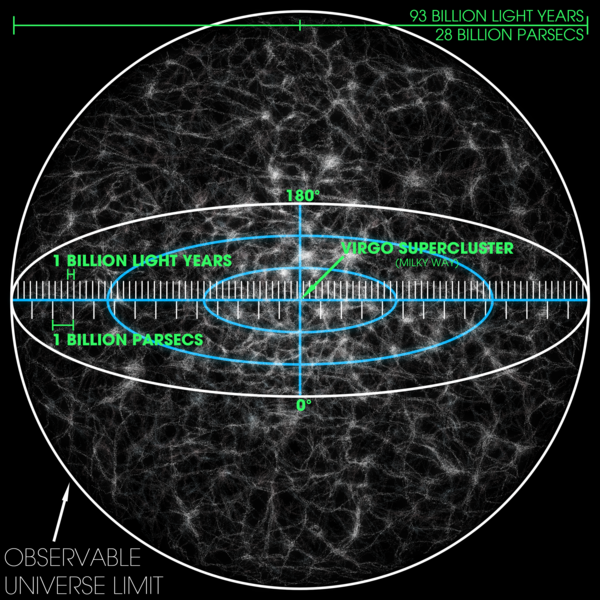
Caption: A diagram of the observable universe illustrating the cosmological principle.
For the a detailed explication of the cosmological principle, see the insert below or (if not seen here) at local link / general link: cosmological_principle_scale.html: Cosmological Principle and its Size Scale.
EOF
For E.A. Milne (1896--1950)
the inventor of the term
cosmological principle,
see the figure below
(local link /
general link: e_a_milne.html).
Images:
Local file: local link: cosmological_principle.html.
Image link: Wikipedia:
File:Observable_Universe_with_Measurements_01.png.
Image link: Edward Arthur Milne (1896-1950):
Mathematician, Astrophysicist, Cosmologist.
File: Cosmology file:
cosmological_principle.html.